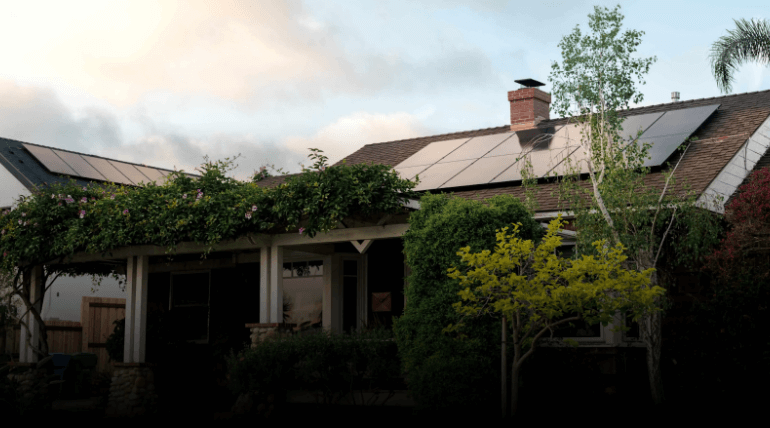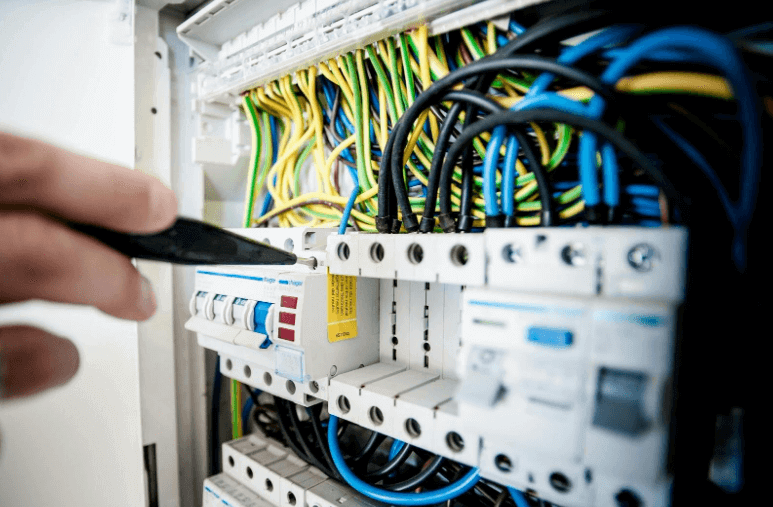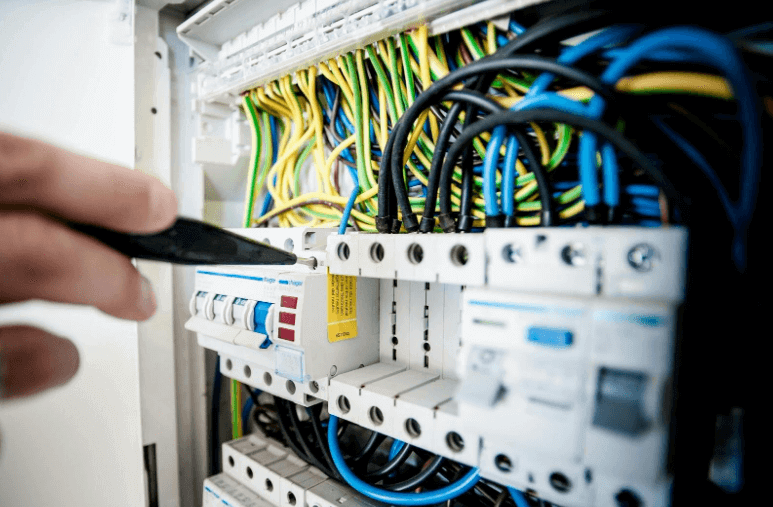The Complete Guide to Home Battery Storage Systems
Have you ever wondered how to protect your home from unexpected power outages while making the most of your solar investment? A home battery storage system could be the answer you’re looking for, offering both reliable backup power and enhanced energy independence.
With the right battery storage solution, you can store excess solar power during sunny days and use it when needed, effectively reducing your reliance on the grid while ensuring your essential appliances stay running during blackouts.
This comprehensive guide will walk you through everything you need to know about choosing and maximizing a battery storage system that fits your home’s unique needs.
Making Homes Outage-Ready with Battery Storage
Battery storage systems have become essential companions for homes with solar panels, creating a reliable shield against power outages while maximizing solar energy usage.
These systems offer backup power during grid failures and help homeowners achieve greater energy independence. A well-planned solar battery storage system for homes can transform how you store and use clean energy.
The rapid growth of battery storage adoption speaks volumes about its effectiveness. In California alone, storage capacity has surged from 500 MW in 2018 to over 15,700 MW by Q1 2025, with an additional 8,600 MW expected by 2027. This remarkable increase shows how homeowners are embracing battery technology as a smart investment.

Image from Sunrun.
Here’s what makes battery storage systems valuable for homeowners:
- Continuous power supply during blackouts
- Enhanced self-consumption of solar energy
- Lower electricity bills through peak rate avoidance
- Protection for essential home appliances
By pairing solar panels with battery storage, you’ll gain control over your home’s energy flow. This combination lets you store excess solar power during sunny days and use it when needed, reducing your reliance on the grid and protecting against rising energy costs.
Evaluating the Latest Battery Storage Trends

Image from Sunrun.
Battery storage technology has made remarkable strides, with advanced innovations reshaping home energy solutions.
The market’s swift growth is evident as 5 GW of capacity was added to the U.S. power grid in early 2024. These improvements have brought enhanced safety features and longer lifespans, particularly in lithium-ion and lithium ferro phosphate (LFP) batteries.
The cost reduction in battery storage systems has opened doors for more homeowners to embrace this technology. With declining installation costs, these systems are becoming increasingly accessible for residential use.
The integration of smart technology has also transformed how these systems operate, offering precise control over energy consumption and storage. Modern battery storage systems now come with several key improvements that make them more practical and reliable for homeowners:
- Advanced battery chemistries with improved safety profiles
- Integration with smart home energy management systems
- Enhanced monitoring capabilities for real-time performance tracking
- Flexible installation options for different home sizes
- Improved efficiency in energy conversion and storage
Modern battery systems now include sophisticated controls that help optimize energy use during peak hours while ensuring reliable backup power during outages. These improvements have made battery storage an essential component for homeowners looking to maximize their solar investment and secure their energy independence.
Choosing Battery Types and Configurations
Battery selection for your home energy storage needs hinges on several key factors, with different chemistries offering distinct advantages. Lithium-ion batteries lead the market due to their excellent energy density and compact size, while LFP (lithium ferro phosphate) options provide enhanced safety features and longer lifespans.
Lead-acid batteries remain a budget-friendly choice, though they require more maintenance and take up more space. Flow batteries, while less common in residential settings, excel in scalability and durability.
Your choice of battery chemistry should align with your specific home backup requirements and available installation space. Solar battery systems can be customized to match your energy goals while staying within budget constraints.
When evaluating battery options, consider these critical factors:
- Safety features and certification standards for your chosen chemistry
- Expected cycle life and warranty coverage
- Installation space requirements and weight limitations
- Initial cost versus long-term maintenance expenses
- Compatibility with existing solar equipment
The size of your system depends on whether you’re aiming for whole-home backup or just powering essential appliances during outages. Most homeowners start with critical load coverage, which includes refrigeration, lighting, and basic electronics.
This approach often provides the best balance between cost and functionality while ensuring you maintain power for vital needs during grid disruptions.
Understanding Key Components and Controls

Image by Pixabay from Pexels.
:.
A reliable battery storage system needs more than just the battery unit itself. The setup includes several interconnected parts working together to provide dependable power backup.
The inverter technology stands as a critical component, converting DC power from your batteries into AC power for your home appliances while maintaining stable voltage and frequency.
Smart energy management systems serve as the brain of your battery setup. These controls direct power flow, monitor system health, and make quick decisions about when to store or use energy. They’ll automatically switch to battery power during outages and help you make the most of your stored energy.
Here’s what you’ll find in a complete battery storage setup:
- Power conversion equipment including bi-directional inverters
- Smart monitoring systems with real-time performance tracking
- Automated transfer switches for seamless grid disconnection
- Temperature and safety control mechanisms
- Energy management interface for user control
The integration quality between these components affects your system’s overall performance. Advanced monitoring features let you track energy production, usage patterns, and battery health through smartphone apps or web portals.
This data helps you fine-tune your energy consumption and ensure your backup power is ready when needed.
Maximizing Performance and Longevity
Smart management of your home battery system’s charge and discharge cycles plays a vital role in getting the most value from your investment. By aligning your battery usage with time-of-use rates, you’ll optimize both energy savings and system lifespan.
Regular maintenance checks help catch potential issues early, ensuring your backup power stays reliable when you need it most.
Understanding your household’s energy consumption patterns helps determine the right charging strategy. You can program your battery to charge during off-peak hours and discharge during peak rate periods, maximizing cost savings while maintaining adequate backup capacity for unexpected outages.
Here are key practices to extend your battery’s life and improve its performance:
- Set appropriate depth-of-discharge limits to prevent excessive battery drain
- Keep the battery at moderate temperatures for optimal operation
- Schedule regular system checkups and cleaning
- Monitor charging cycles and adjust patterns based on seasonal changes
- Maintain proper voltage levels during extended storage periods
Implementing these strategies while keeping an eye on your backup duration needs will help you create a balanced approach to battery management. Remember that your usage patterns might change over time, so staying flexible with your settings ensures continuous optimal performance.
Maximizing Power
As homes increasingly face grid reliability challenges, battery storage systems have emerged as a crucial solution for maintaining power security and maximizing solar investment.
Understanding the various battery types, smart controls, and integration options empowers homeowners to make informed decisions that align with their specific energy needs and backup requirements.
Whether you’re looking to achieve complete energy independence or simply want reliable backup power during outages, today’s battery storage technology offers flexible, efficient solutions that can grow with your needs.

